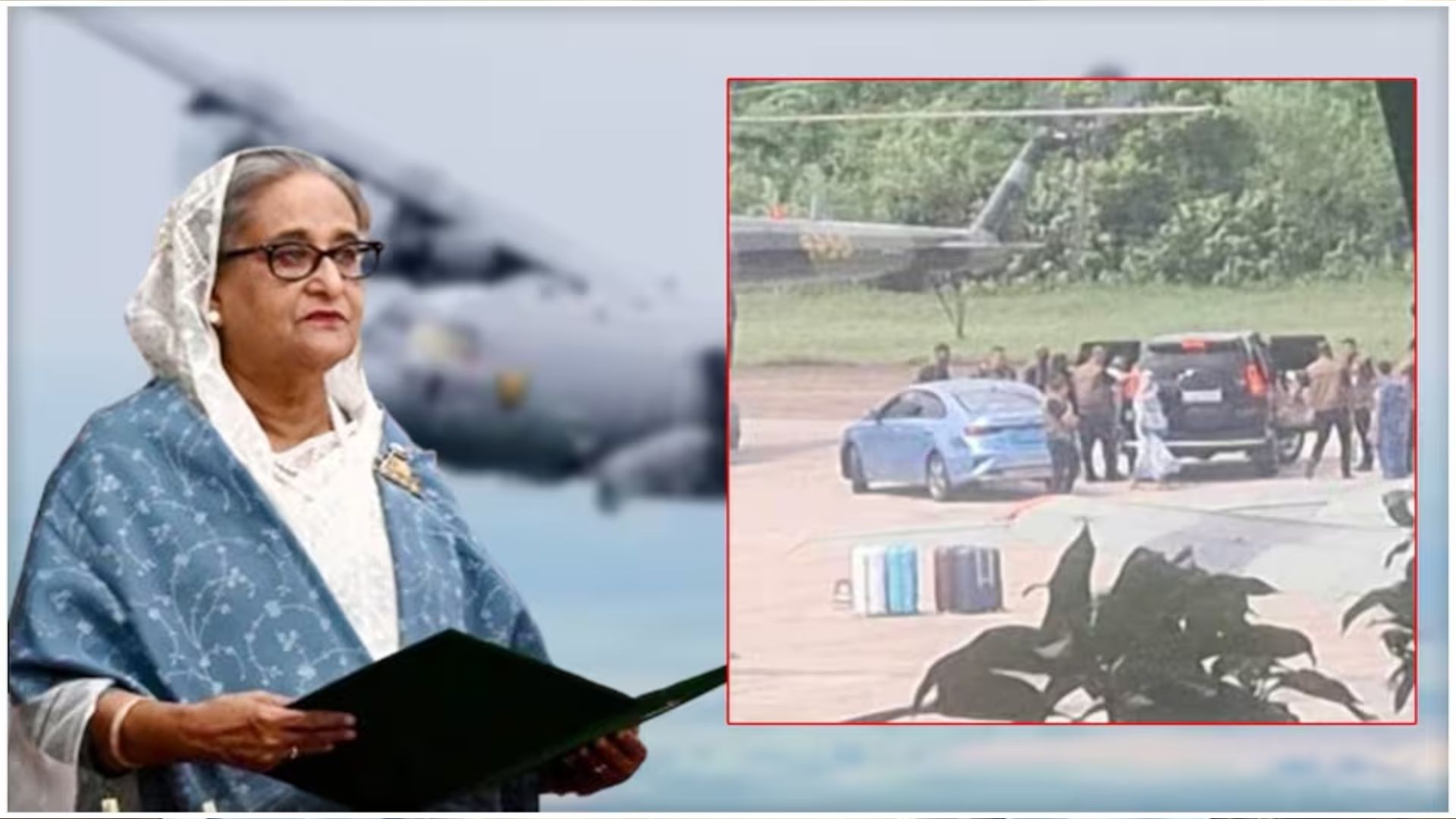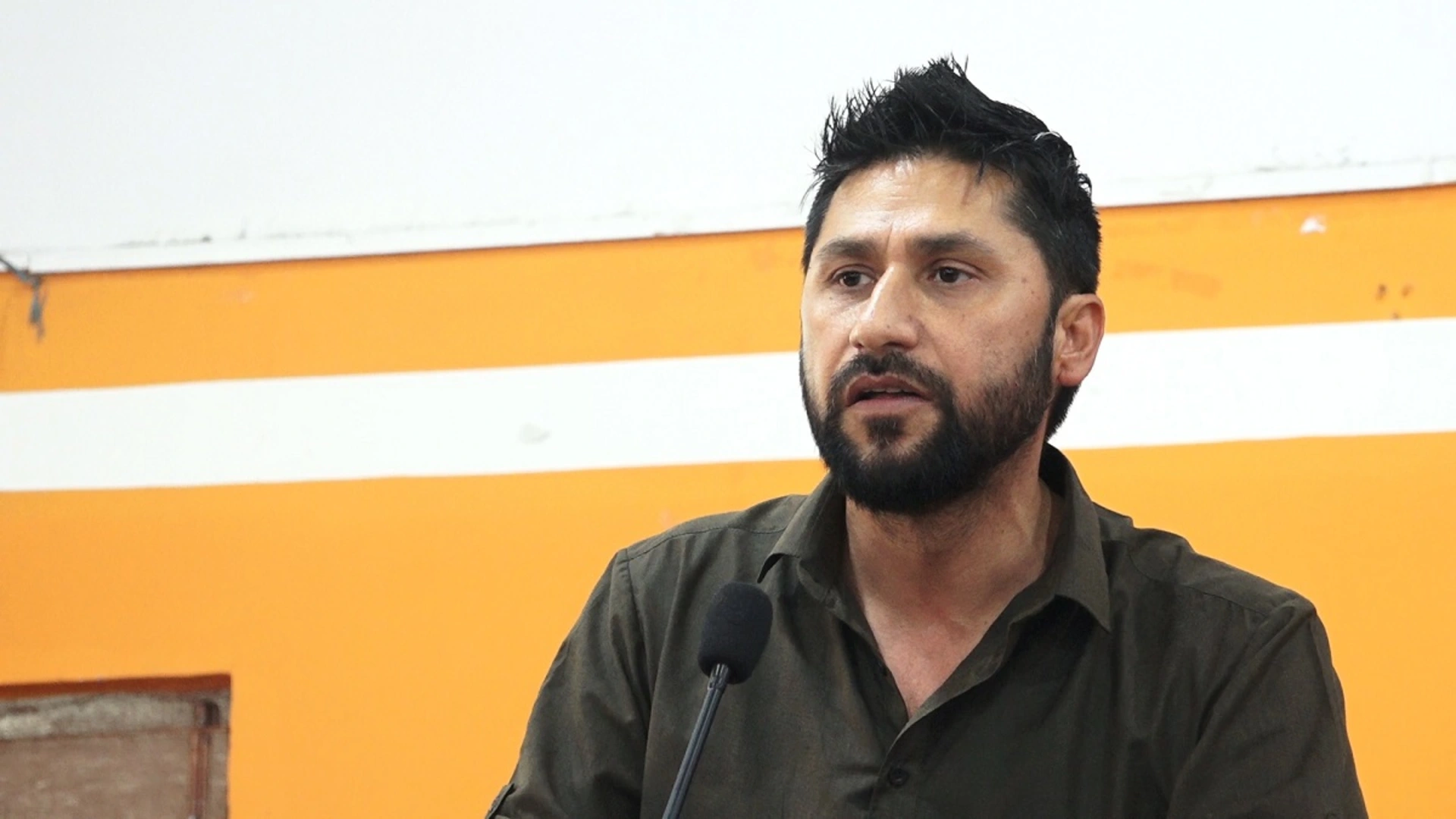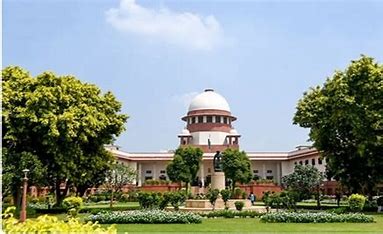A day after Sheikh Hasina fled to India following her forced resignation as the Prime Minister of Bangladesh, the plane that brought her to Ghaziabad’s Hindon air base departed today without her.
The C-130 J transport aircraft left Hindon air base at around 9 am, carrying seven military personnel back to its base in Bangladesh. Reports indicate that hours after fleeing Dhaka, Sheikh Hasina landed at the Hindon airbase in Ghaziabad and was taken to a safe house, where she is still staying at present.
Sheikh Hasina is expected to fly to London to seek political asylum and is reportedly in contact with UK authorities regarding this. Her stay in India and the situation in Bangladesh have spurred significant activity within India’s security apparatus, with Prime Minister Narendra Modi chairing a Cabinet Committee on Security meeting on Monday night.
Today, Union Minister S. Jaishankar briefed an all-party meeting on the situation in Bangladesh. Sheikh Hasina is set to meet her daughter, Saima Wazed, who lives in New Delhi and works for the United Nations.
Following Hasina’s departure from Bangladesh, a mob attacked her official residence, vandalizing it, looting her personal belongings, and damaging the statue of Sheikh Mujibur Rahman, Bangladesh’s independence hero and Hasina’s father.
Hasina had been facing protests from students over quotas in government jobs, which led to violent clashes resulting in over 250 deaths before her resignation.
The Bangladesh military has announced the formation of an interim government. Meanwhile, Nahid Islam, a key organizer of the student protests, stated in a video post on social media that Nobel Peace Prize laureate Muhammad Yunus is their choice to lead the interim government. Islam mentioned that the student protest leaders have already spoken with Yunus, who has agreed to take on the role given the current situation in the country.
Asylum Plan
Hasina’s advisors were already in contact with authorities in the UK, exploring the possibility of political asylum. The plan was for Hasina to fly to London discreetly and seek refuge, away from the immediate dangers of Dhaka. The British government, while cautious, was sympathetic to her plight, given her long-standing efforts to maintain stability in Bangladesh.
Interim Government
Back in Bangladesh, the situation remained volatile. The military announced the formation of an interim government, attempting to restore order. Meanwhile, the leaders of the Anti-Discrimination Student Movement, the driving force behind the protests, proposed Nobel Peace Prize laureate Muhammad Yunus as the head of this interim government. Yunus, a respected figure globally, was seen as a stabilizing force who could guide Bangladesh through this crisis.
Political Comeback
While Hasina was in India, her political allies were not idle. They were already laying the groundwork for her eventual return. International diplomatic channels were being utilized to pressure the new interim government to ensure fair and free elections. Hasina’s party, the Awami League, began rallying its supporters, emphasizing the need for a legitimate democratic process.







